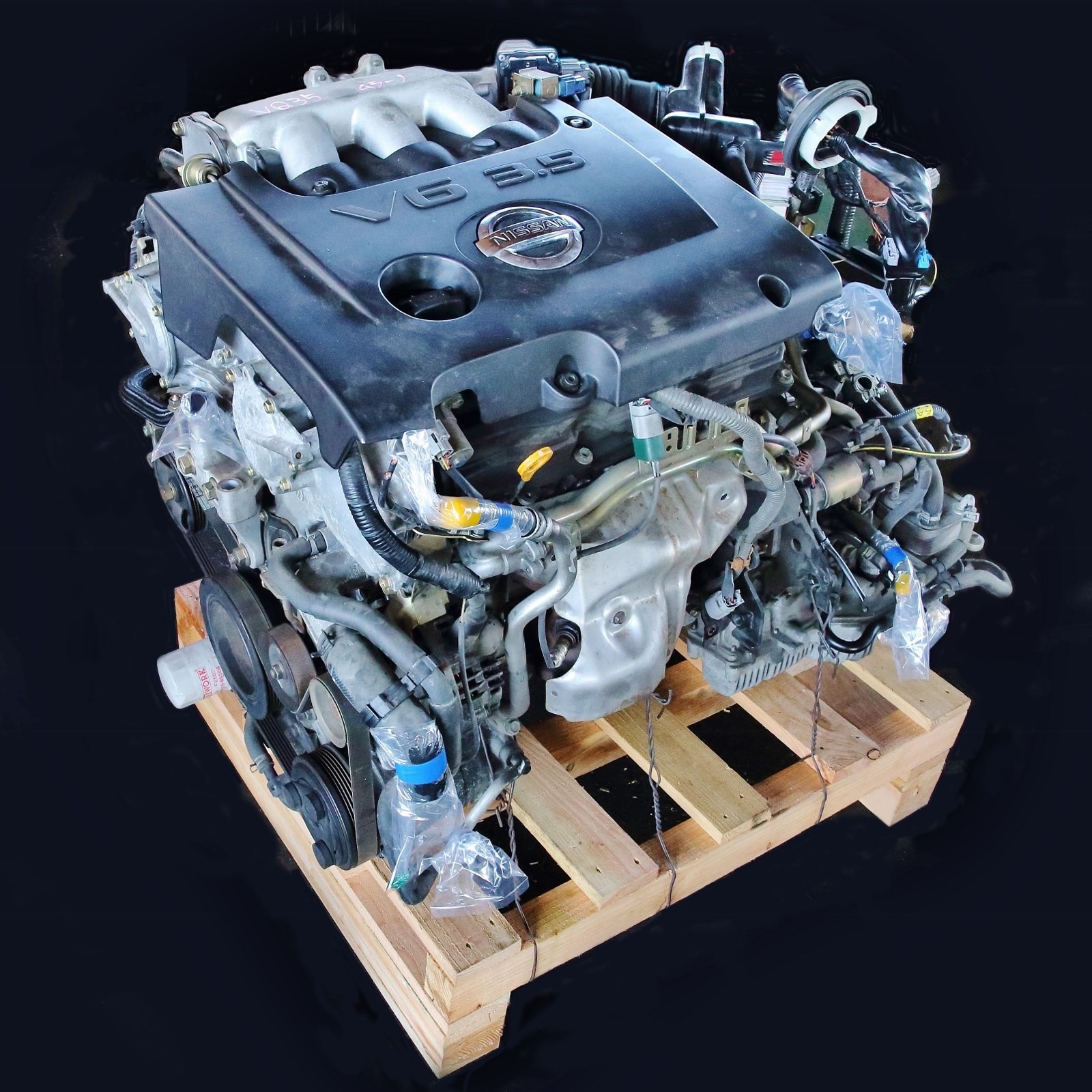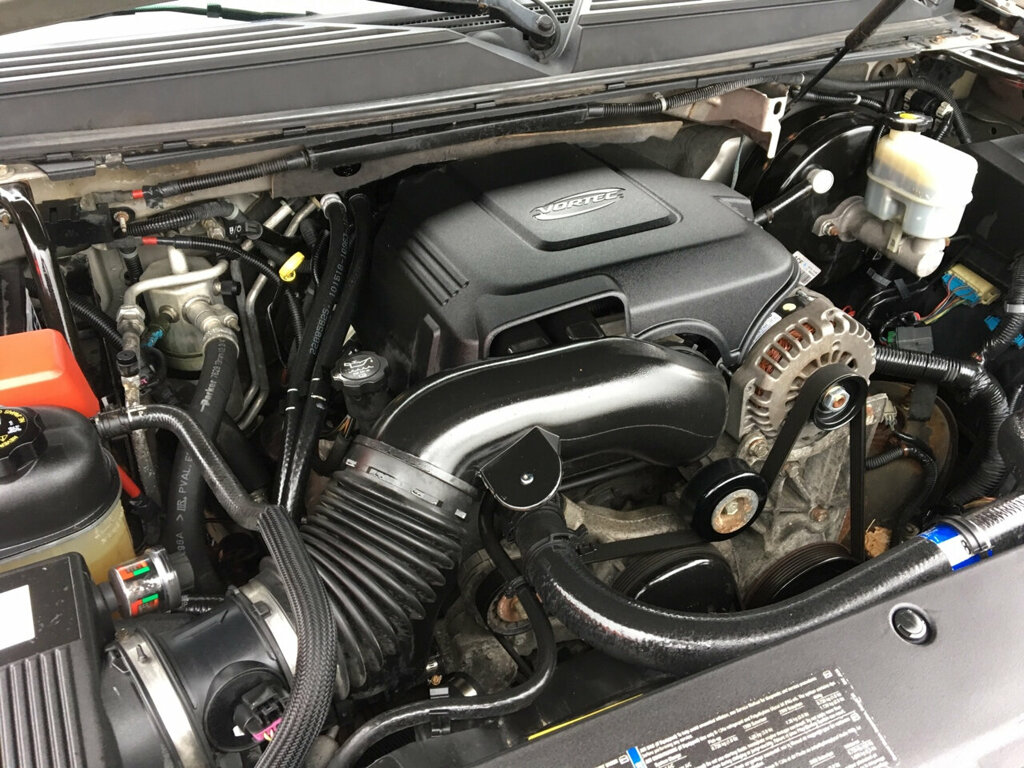Where to Discover Qualified Used Engines for Sale for Any Kind Of Make or Version
Where to Discover Qualified Used Engines for Sale for Any Kind Of Make or Version
Blog Article
Important Considerations for Ensuring Quality and Durability in operation Engines
When considering the purchase of a used engine, ensuring its quality and longevity needs a diverse technique. Upkeep background is a pivotal aspect, as it offers understanding into the engine's past treatment and possible future reliability. Beyond documentation, an in-depth evaluation of physical components-- such as belts, tubes, and seals-- can disclose concealed problems. Performance testing is likewise crucial, providing a snapshot of the engine's functional performance. Nonetheless, recognizing the subtleties of these analyses and their ramifications can be complicated. What are the vital approaches that can be utilized to browse this elaborate assessment procedure properly?
Engine History Evaluation
In the realm of used engines, a thorough engine history examination is vital to ensuring high quality and dependability. Recognizing an engine's past can offer critical understandings into its efficiency capabilities and potential future long life.
Engines that have actually undergone significant repairs might have underlying concerns that could resurface. Checking out the engine's gas mileage can serve as an indicator of wear and tear. An engine made use of mostly for long-distance freeway driving might be in much better problem than one subjected to regular stop-and-go city website traffic.
In essence, an exhaustive investigation right into an engine's background is essential for making enlightened acquiring decisions. used engines for sale.
Comprehensive Assessment Guide
While comprehending an engine's history provides useful context, a detailed inspection is the following step to guarantee its present problem lines up with historical data. The examination should start with a visual evaluation, examining for indicators of leaks, corrosion, and unusual wear. Inspect the exterior for oil stains or coolant marks, which might show underlying issues.
Following, assess the engine's installing system for any type of loosened screws or irregularities that might impact performance. Pay attention to the condition of belts and tubes, as these elements are crucial for optimum engine performance. Check out for splits, fraying, or any signs of damage.

Recognizing Wear and Tear
Identifying indicators of deterioration is crucial for evaluating a used engine's long life and integrity. It includes a meticulous assessment of various engine elements to establish their existing state and prospective future efficiency. Common indicators consist of visible deterioration, which my review here can affect metal parts and endanger structural honesty. Rust on or around the engine block, cyndrical tube heads, and exhaust manifolds is specifically concerning.
An additional crucial aspect is inspecting the engine's seals and gaskets. Furthermore, unusual noises during engine operation, such as knocking or ticking noises, might suggest inner damages or excessive wear Get More Info on relocating components like pistons or bearings.
The condition of belts and hoses is just as essential, as they play a vital role in the engine's total function. Split or torn belts and fragile hose pipes are indicators of maturing that could result in engine failure if overlooked. Examining the oil problem and filter can offer insights into previous maintenance methods, as unclean oil or clogged filters recommend neglect and sped up wear.
Performance Testing Basics
Assessing the wear and tear of engine parts sets the phase for a thorough evaluation with efficiency testing. Efficiency testing serves as a critical step in figuring out the operational integrity of a used engine.
Utilizing dynamometers is an usual method in performance screening. These devices measure the engine's result across different problems, using an in-depth profile of its performance. Additionally, on-road screening matches dynamometer evaluations by observing engine behavior under typical driving scenarios, ensuring it fulfills the required standards for both safety and security and performance.
Advanced diagnostic tools further improve the ability to identify underlying problems. These tools examine engine monitoring systems, determining faults blog in digital parts that might affect performance. Comprehensive testing not just validates the engine's functional condition however additionally help in projecting future maintenance requirements. This guarantees the made use of engine can supply reliable performance over an extended period, hence maximizing its worth and solution life.
Upkeep and Treatment Tips
Correct maintenance and treatment are important to extending the life-span of a used engine and ensuring its regular efficiency. Normal oil changes are critical; using the producer's advised oil kind and grade can prevent extreme damage. Furthermore, oil filters ought to be replaced concurrently to maintain optimum lubrication and sanitation within the engine.
Checking liquid levels, consisting of coolant, transmission fluid, and brake fluid, is necessary. Ensuring these fluids are at appropriate levels helps avoid overheating and other mechanical problems. Inspecting belts and hoses for signs of wear, such as cracks or fraying, can avoid prospective failings that might result in costly fixings.
Regular assessment of the air filter is also essential, as a clean filter ensures efficient air flow and combustion, therefore enhancing engine efficiency. Trigger plugs should be examined and changed when needed to keep effective gas combustion and protect against engine misfires.
Lastly, regular analysis checks making use of expert devices can determine possible issues prior to they become substantial problems. By adhering to these upkeep and treatment pointers, made use of engine owners can guarantee their engines continue to be dependable, reliable, and with the ability of carrying out well over a prolonged duration.
Conclusion

Report this page